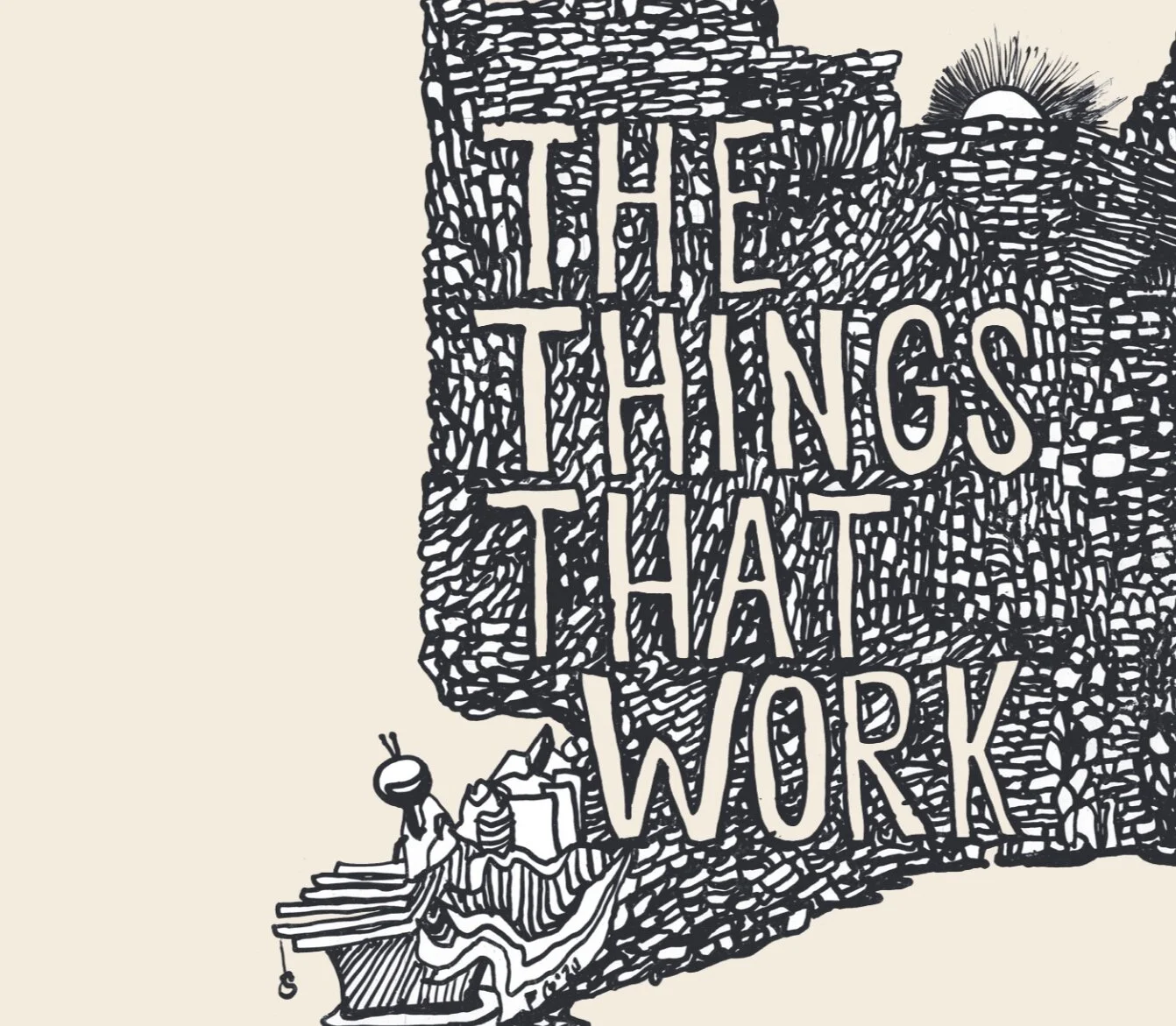Researchers tried to find out which conditions and circumstances in life stories of young people from marginalized Roma communities (MRC) are supportive and lead to success in formal education.
Positive deviant story of young man from marginalized Roma community
This is a story of a young man, who had been studding social work – master´s degree when I first met him. Currently he is director of a community centre in the Roma settlement, where he grew up. So, he has decided to stay and help Roma people from his community to overcome obstacles connected with formal education and other social problems.
Addressing Domestic Violence in Moldova and Elderly Abuse in Serbia with Positive Deviance
The Things That Work: Examples of municipalities that successfully coexist with the Roma
Conditions for School Success of Young People from Marginalized Roma Communities (MRC) in Slovakia- Looking for Positive Deviance Practices
UK: The Oxmoor Grub Hub
The Grub Hub was a place where parents could go with their children after the school run, where they are all provided with a hot meal and can relax and socialise together. The Grub Hub emerged as a project following Positive Deviance training in 2014 in Cambridgeshire and ultimately provided invaluable support to local families.













